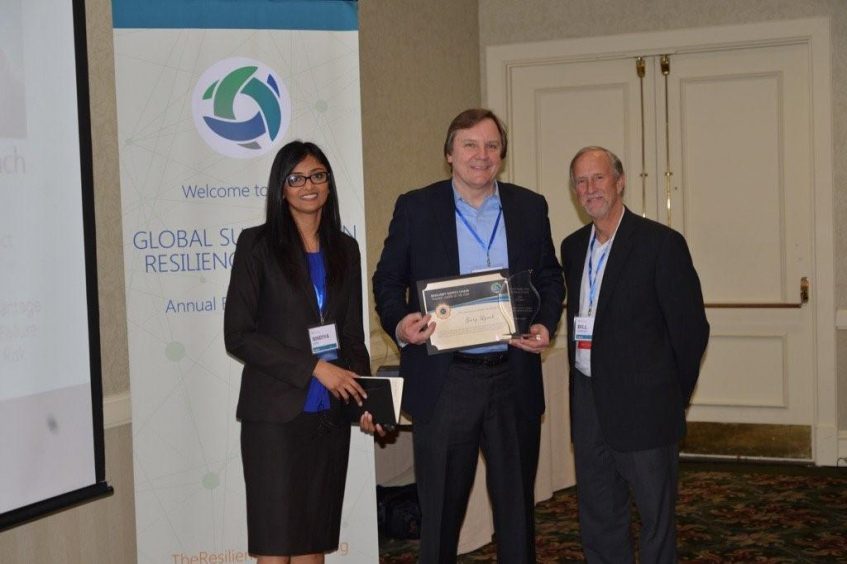-
07
Mar
Is Value Overrated?
The concept of “value” is not the same for everyone. But it raises some interesting discussion points, and I would like to provoke some thoughts about those points.
On March 1, 2017, I was presented with the “Thought Leader of the Year” award by the Global Supply Chain Resiliency Council at the Council’s annual conference in Silicon Valley, CA. I was recognized for preparing industry and the next generation of leaders for the unprecedented challenges of managing ongoing and evolving risks and fusing ideas and strategies through the business community. What does this mean, exactly?
Beyond the accolades, why should you care about me being awarded “Thought Leader of the Year”?
Value is highly subjective, frequently biased and usually based on a historical view of data or events. As the saying goes, what’s of value to me may not be of value to you. If value and performance are so personal then why are these used to measure many investments? Value-based risk strategies such as event or threat, compliance or rules and performance or asset based all have one goal – to preserve value. How effective is value as a measure if we cannot reconcile the mindsets of all those defining value through an individual, functional or organizational lens? After all, isn’t value as a measure an inside-out view?
Is “growth” a better measure and rallying point? Growth is a forward looking and market driven measure. Growth is defined and monitored by the market—customers, investors, competitors, strategic partners, regulators, and community.
Growth was the theme of my keynote at the Global Supply Chain Resiliency Council annual meeting in Silicon Valley. It’s also one of the key themes of my new book, “Uncertainty Advantage: Leadership Lessons for Turning Risk Outside-In.” A growth-based strategy to navigating uncertainty for market advantage creates new revenue streams; generates leads to faster, better, more precise critical decision making; and allocates risk investment more efficiently and effectively. Growth, as an outside-in mindset, leads to opportunity, value creation, and a shared mindset among the market, growth leaders and value enablers; and deeper engagement between those driving growth and those with risk capabilities and competencies.
So here is your action plan: Examine how you view uncertainty. Is it a problem that has to be avoided or managed? Or is uncertainty an opportunity for as yet unimagined growth? At this point, don’t worry whether you possess the acumen, competency or capabilities. That’s what the Uncertainty Advantage is all about! In this examination, take a step back and think about some of the variables you deal with every day. For example, can you truly “manage” risk? Or as an alternative, does it make more sense to navigate uncertainty? Are you in a position to create value in the market? If not, are you able to enable value through deep competencies and capabilities—this is what the growth leaders, market drivers are hungry for? These questions led me to some amazing insights and realizations, and I discovered a consistency in how true growth leaders learned to embrace uncertainty and navigate it to create market advantage.
This is my core message: Growth is the catalyst for the Uncertainty Advantage! For more information email or call +1 (862) 812-2176.
Read more – “Uncertainty Advantage: Creative leaders don’t fear risk — they turn it into a money-making strategy”, Strategy+Business, February 22, 2017.
